Related Research Articles

Dorothy Parker was an American poet and writer of fiction, plays and screenplays based in New York; she was known for her caustic wisecracks, and eye for 20th-century urban foibles.
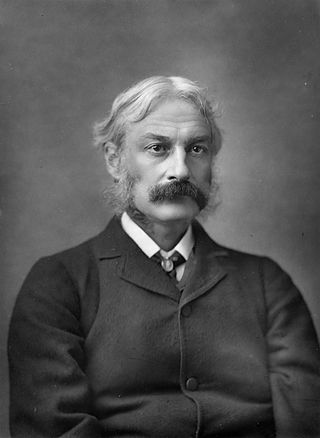
Andrew Lang was a Scottish poet, novelist, literary critic, and contributor to the field of anthropology. He is best known as a collector of folk and fairy tales. The Andrew Lang lectures at the University of St Andrews are named after him.

Edith Nesbit was an English writer and poet, who published her books for children as E. Nesbit. She wrote or collaborated on more than 60 such books. She was also a political activist and co-founder of the Fabian Society, a socialist organisation later affiliated to the Labour Party.
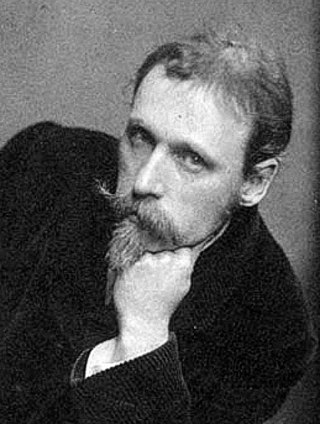
Walter Crane was an English artist and book illustrator. He is considered to be the most influential, and among the most prolific, children's book creators of his generation and, along with Randolph Caldecott and Kate Greenaway, one of the strongest contributors to the child's nursery motif that the genre of English children's illustrated literature would exhibit in its developmental stages in the later 19th century.

The Strand Magazine was a monthly British magazine founded by George Newnes, composed of short fiction and general interest articles. It was published in the United Kingdom from January 1891 to March 1950, running to 711 issues, though the first issue was on sale well before Christmas 1890. Its immediate popularity is evidenced by an initial sale of nearly 300,000. Sales increased in the early months, before settling down to a circulation of almost 500,000 copies a month, which lasted well into the 1930s.
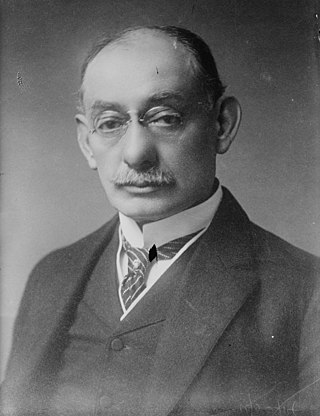
Walter Hines Page was an American journalist, publisher, and diplomat. He was the United States ambassador to Great Britain during World War I. After World War I broke out in 1914 Page was so enthusiastically in favor of Britain during the period of American neutrality that Wilson and other top officials increasingly discounted his views. Page was instrumental in negotiating the sale of American war materials, including munitions, food and supplies, to the British, helping to ensure that it had the resources it needed to continue the fight against Germany.
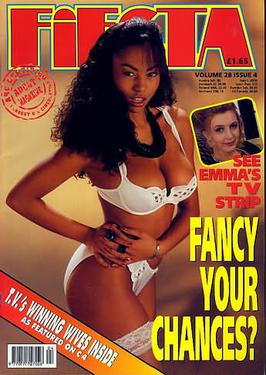
Fiesta was a British adult magazine featuring softcore pornography, published by Galaxy Publications Limited. It was a sister publication of Knave magazine, launched two years later.

St. Nicholas Magazine was a popular monthly American children's magazine, founded by Scribner's in 1873 and named after the Christian saint. The first editor was Mary Mapes Dodge, who continued her association with the magazine until her death in 1905. Dodge published work by the country's leading writers, including Louisa May Alcott, Frances Hodgson Burnett, Mark Twain, Laura E. Richards and Joel Chandler Harris. Many famous writers were first published in St. Nicholas League, a department that offered awards and cash prizes to the best work submitted by its juvenile readers. Edna St. Vincent Millay, F. Scott Fitzgerald, E. B. White, and Stephen Vincent Benét were all St. Nicholas League winners.
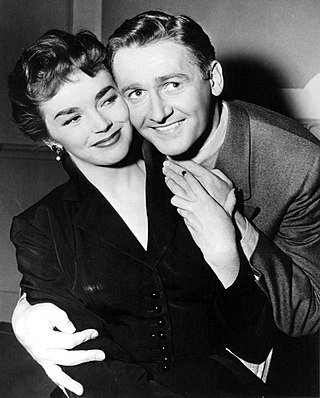
Victoria Dawn Addams was a British actress, particularly in Hollywood motion pictures of the 1950s and on British television in the 1960s and 1970s. She became a princess in 1954.

Mary Proctor was a British-American popularizer of astronomy. While not a professional astronomer, Proctor became well known for her books and articles written for the public – particularly her children's fiction.
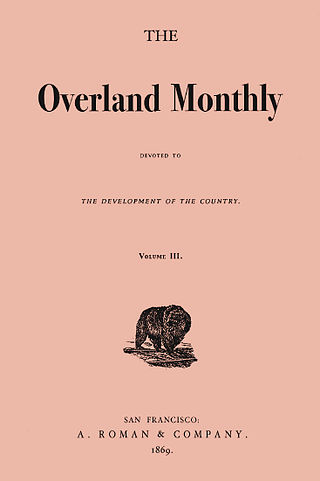
The Overland Monthly was a monthly literary and cultural magazine, based in California, United States. It was founded in 1868 and published between the second half of the 19th century and the first half of the 20th century.

Scribner's Magazine was an American periodical published by the publishing house of Charles Scribner's Sons from January 1887 to May 1939. Scribner's Magazine was the second magazine out of the Scribner's firm, after the publication of Scribner's Monthly. Charles Scribner's Sons spent over $500,000 setting up the magazine, to compete with the already successful Harper's Monthly and The Atlantic Monthly. Scribner's Magazine was launched in 1887, and was the first of any magazine to introduce color illustrations. The magazine ceased publication in 1939.

Elizabeth Thomasina Meade Smith (1844–1914), writing under the pseudonym L. T. Meade, was a prolific writer of girls' stories. She was born in Bandon, County Cork, Ireland, daughter of Rev. R. T. Meade, of Nohoval, County Cork. She later moved to London, where she married Alfred Toulmin Smith in September 1879.

William Blackwood and Sons was a Scottish publishing house and printer founded by William Blackwood in 1804. It played a key role in literary history, publishing many important authors, for example John Buchan, George Tomkyns Chesney, Joseph Conrad, George Eliot, E. M. Forster, John Galt, John Neal, Thomas De Quincey, Charles Reade, Margaret Oliphant, John Hanning Speke and Anthony Trollope, both in books and in the monthly Blackwood’s Magazine.

Mary Elizabeth Sherwood was an American author and socialite. She wrote short stories, poetry, several books, and etiquette manuals, in addition to contributing to many magazines and translating poems from European languages. Among her writings are The Sarcasm of Destiny, A Transplanted Rose, Manners and Social Usages, Sweet Briar, and Roxobel. Better known as Mrs. John Sherwood, some of her literary works were published as "M.E.W.S." or "M.E.W. Sherwood".
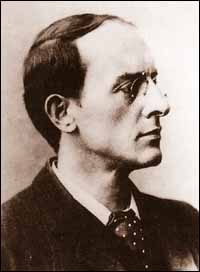
Walter Stanley Paget was an English illustrator of the late 19th and early 20th century, who signed his work as "Wal Paget". Paget held a gold medal from the Royal Academy of Arts, and was the youngest of three brothers, Henry M. Paget (eldest) and Sidney Paget, all illustrators.
John Archibald Webb (1866–1947) was a British painter and illustrator who illustrated over 150 books.
Alice Abigail Corkran was an Irish author of children's fiction and an editor of children's magazines. Born in France to Irish parents, she grew up in the stimulating environment of her mother's literary salon. She was a playmate of Robert Browning's ageing father, and still had his workbooks in her possession when she died. As well as writing a number of well received novels, she edited first the Bairn's Annual and then The Girl's Realm, being the founder of that magazine's Guild of Service and Good Fellowship, which maintained a cot at the Ormond Street Hospital for Sick Children, among other charitable works.

Lida Rose McCabe was an American writer, journalist, and lecturer. She is remembered as the first woman reporter who traveled to the Klondike. Her first book, Don't You Remember? (1884) was a reminiscence of Columbus, Ohio's early days. In the midst of an active newspaper life in New York City, she found time for the writing of other books, including The American Girl at College (1893) and Ardent Adrienne: The Life of Madame de La Fayette (1930), as well as magazine articles. McCabe contributed to the Popular Science Monthly, Lippincott's Monthly Magazine, McClure's, The Cosmopolitan, St. Nicholas Magazine, Book Buyer, The Outlook, The Bookman, and Town & Country, and syndicated all leading newspaper in the U.S. and abroad. She was also Paris correspondent for the New-York Tribune and the American Press Association (1889–90).
References
- 1 2 3 Brake, Laurel; Demoor, Marysa (2009). Dictionary of nineteenth-century journalism in Great Britain and Ireland. Academia Press. ISBN 9789038213408.
- 1 2 3 "archive.org". 1887.
- ↑ "modernist journals project". Archived from the original on 2013-01-13. Retrieved 2011-09-26.
- 1 2 3 Sally Mitchell (1995). The New Girl: Girls' Culture in England 1880-1916 . Columbia University Press. ISBN 0-231-10247-X.